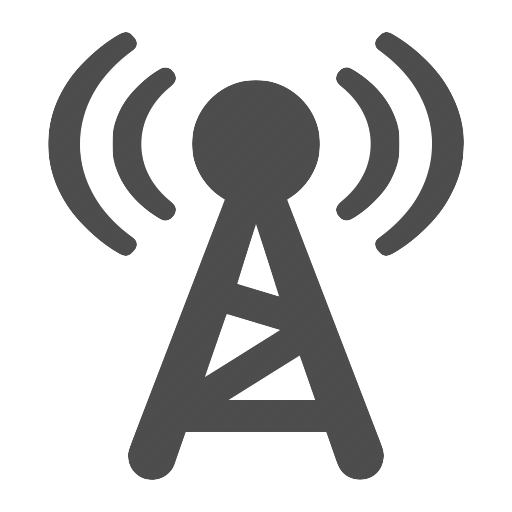 Kutsuluettelo
Kutsuluettelo
Haku
| M: | Säätönuppi kierroslaskimella | 20,00 € | |
| M: | PAM-liitin | 10,00 € | |
| M: | Ristikkomasto 24 m | 1 200,00 € | |
| M: | ACOM 1010 | 1 500,00 € | |
| M: | powereita | 0,00 € |

CodeStan Tmi (OH1CAH)
Ohjelmistokehitys, verkkosivut ja virheiden metsästys – korjaamme ja nopeutamme projektisi
Perustiedot
Radioamatööri tarkoittaa henkilöä, joka on suorittanut paikallisen telehallintoviranomaisen ylläpitämän tutkinnon ja saanut todistuksen, mikä oikeuttaa käyttämään radioamatööriasemaa radioamatööreille varatuilla taajuuksilla ja rakentamaan amatööriradiolaitteita sekä niiden apulaitteita, kuten vahvistimia.
Radioamatööriasemilla, joilla on viranomaisen myöntämä asemalupa, on henkilökohtainen asematunnus. Kutsun ensimmäinen osa, prefiksi, kertoo aseman sijainnin yleensä noin luvan myöntävän valtion tarkkuudella.
Lisätietoja
Kuukausi- ja vuosimaksuton hamihakutietokanta. Hakuihin ei tarvita muuta, kuin liittyminen ja oman tiedon antaminen muiden haettavaksi. Tehty/tehdään vapaaehtoisvoimin, eikä sivustolla ole ulkopuolista tulovirtaa. Hakujen määrää / löytyneiden määrää ei ole rajoitettu.
Tietojen lisääminen on helppoa Perustietoina täytyisi syättää vain nimitiedot ja yksi, mielellään voimassa oleva kutsu. Näillä tiedoilla on mukana hakutoiminnoissa
Mikäli haluat julkistaa osoitteesi, näkevät muut Google Mapsissä sijaintisi. Samoin, mikäli sähköposti on annettu, voi klikkaamalla sitä lähettää postia.
Lisätty Android appi Käy lisäämässä "mobiili salasana" profiiliin. Appi löytyy Googlen kaupasta.
Mikäli haluat julkistaa osoitteesi, näkevät muut Google Mapsissä sijaintisi. Samoin, mikäli sähköposti on annettu, voi klikkaamalla sitä lähettää postia.

